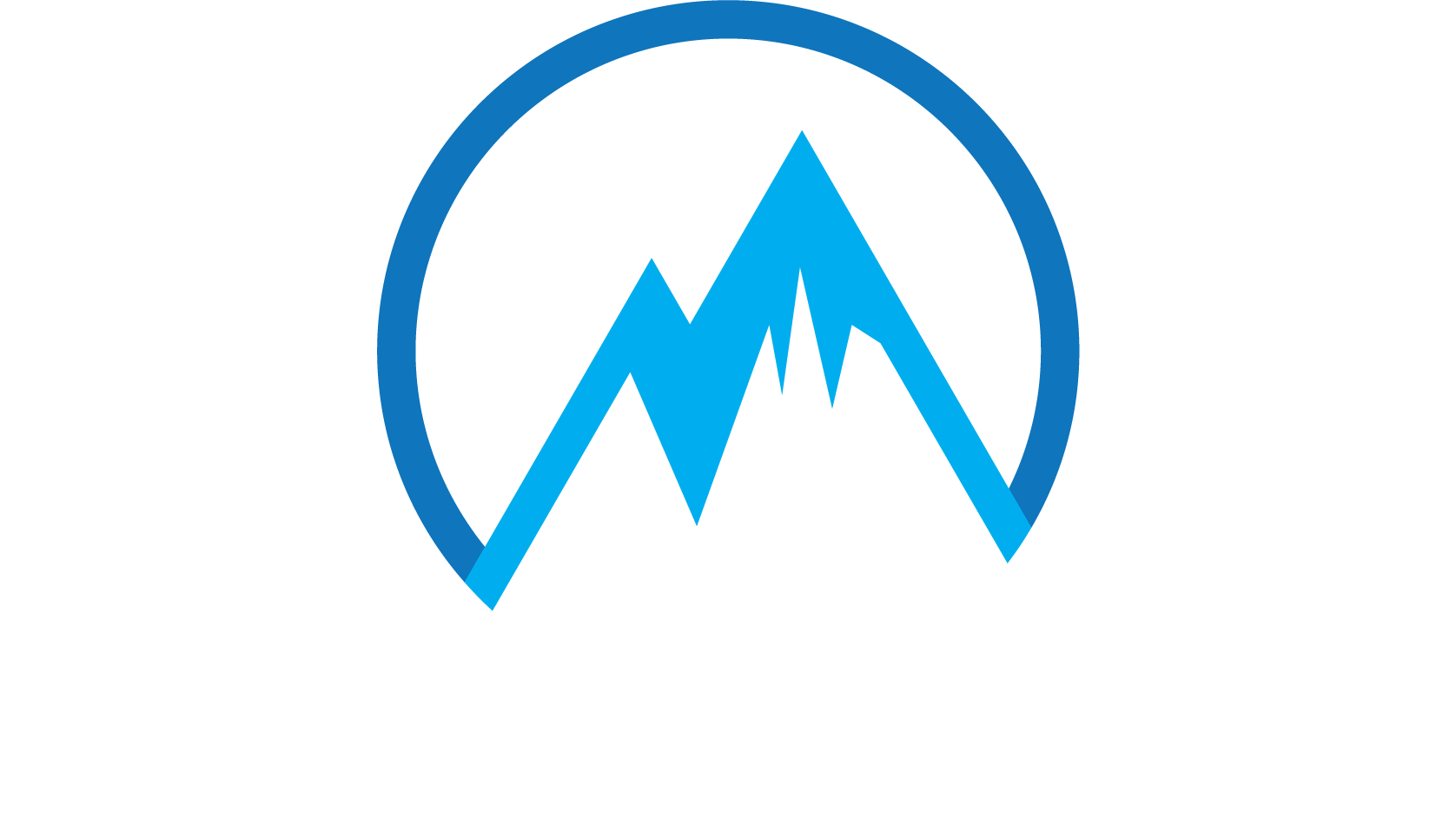Customer Data Platforms or CDP’s have become a central point of conversation across the Digital Transformation and Marketing Technology landscapes. The 800-pound gorillas of the MarTech industry, Adobe and Salesforce have each made announcements about their impending CDP’s solutions going to market and countless niche vendors such as Quaero, mParticle, Amperity, AgilOne, and SessionM have established footholds in the market tracked and evaluated by Gartner.
The Marketing organization’s need to provide a unified profile/golden record of a customer’s real-time data picture across all channels, particularly in B2C focused industries so that personalization and engagement can be orchestrated centrally, has become paramount. The Retail, Restaurant, Sports and Entertainment and Travel/Hospitality industries have adopted CDP’s in droves with some industry adoption rates approaching 40% in the last two years.
Where the road ahead starts to get interesting and substantially more complex is where the solutions go from here. The CDP Institute classified CDP’s into three categories with each category successively building on the one before it:
- Data unification/centralization
- Data unification/centralization + Audiences and Segmentation
- Data unification/centralization + Audiences and Segmentation + Engagement Orchestration
But if you peel back the foundational element of item 1 above into what constitutes a CDP core platform, you’ll find a series of cloud-based services that are continuously getting built out and expanded by providers like Amazon and Microsoft.
- Data ingestion and unification
- Data ETL – Extract, Transform, Load (Amazon Glue or Azure Data Factory) and in some cases next-generation services that potentially eliminate the need to transform the data and it becomes query-able in a file-based state on import a la Amazon Athena or Azure Data Lake Services.
- Identity Management, Authentication & Authorization
These services will get built out at a scale and cost that no one can compete with where Compute, IO and Data fees measure in fractions of a cent for API based services platforms like CDP’s who want to deliver Marketing insights and engagement across client bases focused on millions of end consumers.
Where CDP providers must expand and differentiate are the core services and capabilities built on top of the cloud providers.
- Integration to systems like CRM, Point of Sale, eCommerce and Web, Mobile apps, Email Service Providers, Help Desk Solutions, etc.
- Core Analytics – real-time or batch-based calculated values for customer orientations towards: Lifetime Value, Recency, Frequency, Spend, Churn and Churn Propensity, Product Recommendations, Offer Recommendations, Audience Recommendations, Next Best Action, Channel Optimization, and more.
- Audiences and Segmentation – delivering industry-specific and channel-specific audiences such as Likely to Churn, People who have spent more than X in the 6 months, Customers who shop online but never in-store, Customers who buy from these 2 categories but never this one, Customers who buy every 60 days and could move to 45, and so on.
- Engagement Orchestration – understanding the industry dynamics in play and how to orchestrate at scale the next best action for Marketing organizations that are historically understaffed and under-skilled to execute what the next best channel, content and offer should be to a customer who has executed activities well beyond just purchase events.
Where we go from here will be exciting to watch. There continues to be confusion in the market between CDP’s and DMP’s as parts of a marketing stack of acquisition vs. retention/engagement, and CDP’s and MDM platforms when IT and Marketing struggle to align around the unification of customer data vs. an operational profile.
